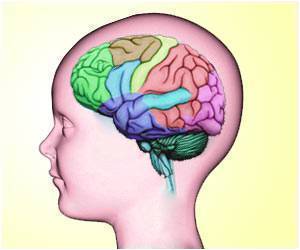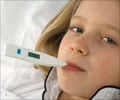Novel neocortical epilepsy model developed by researchers through the inducement of over-expression of ADK in cortical astrocytes of mice shared the results of their study.

For the study, healthy adult mice received a stereotactic intracortical injection of viral vectors that overexpress ADK cDNA or null viral particles without ADK cDNA (control) in a focal area of the left hemisphere of their brain. Implanted electrodes were then employed to record seizure phenotype, and ADK expression levels in the viral-injection region were determined using immunohistochemistry. The effect of ADK over-expression on CBF was measured using a 3-D high-resolution imaging technique based on the optical property of biological tissues.
Utilizing the aforementioned immunohistochemistry, the researchers confirmed that the viral delivery of ADK cDNA created a distinct focal region of over-expressed ADK in cortical astrocytes. The implanted electrodes recorded focal spontaneous nonconvulsive electrographic seizures originating from all sites of ADK overexpression. In the control animals, however, no ADK overexpression or focal seizures was witnessed. And, in the regions of ADK overexpression, the researchers noted a reduction in CBF of approximately 23 percent and 29 percent compared to control and the contralateral hemisphere in the same animal, respectively.
Disclosure: the author reports no conflicts of interest.
The 2012 AANS Annual Meeting press kit includes releases on highlighted scientific research, AANS officer and award winners, and National Neurosurgery Awareness Week. These releases will be posted under Media/Press on the 2012 AANS Annual Meeting website page.
Founded in 1931 as the Harvey Cushing Society, the American Association of Neurological Surgeons (AANS) is a scientific and educational association with more than 8,100 members worldwide. The AANS is dedicated to advancing the specialty of neurological surgery in order to provide the highest quality of neurosurgical care to the public. All active members of the AANS are certified by the American Board of Neurological Surgery, the Royal College of Physicians and Surgeons (Neurosurgery) of Canada or the Mexican Council of Neurological Surgery, AC. Neurological surgery is the medical specialty concerned with the prevention, diagnosis, treatment and rehabilitation of disorders that affect the entire nervous system including the spinal column, spinal cord, brain and peripheral nerves.
Advertisement












